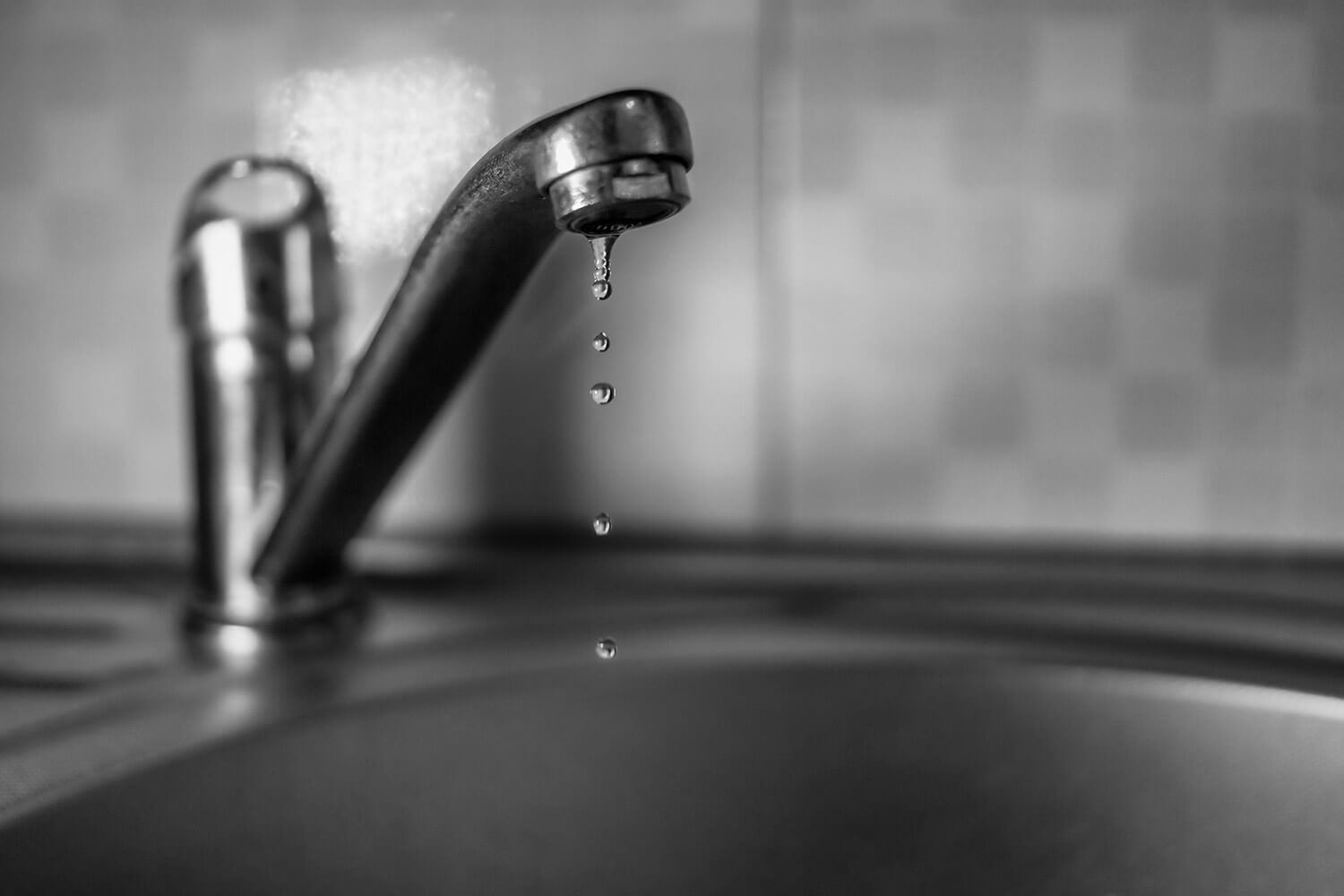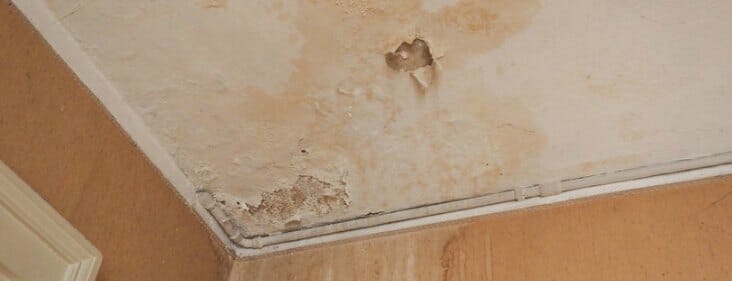Identify the Top Factors for Leak Issues Inside Your Residence
Identify the Top Factors for Leak Issues Inside Your Residence
Blog Article
We've unearthed this article involving How Fast Water Damage Can Ruin Your Home listed below on the web and thought it made sense to relate it with you here.

Leaks not just create waste of water however can also trigger unnecessary damages to your home and also advertise undesirable natural growth. By comprehending as well as looking for daily circumstances that create leaks, you can protect your house from future leakages and unnecessary damages.
Trespassing origins
A lot of water leaks begin outside your house as opposed to inside it. If you notice a sudden reduction in water pressure, say in your tap, take time to go out and also analyze your yard. You could notice wet spots or sinkholes in your lawn, and that could indicate that tree roots are attacking water lines causing water to leak out. You can have your plumber look for intrusion, specifically if you have trees or shrubs near your residential property.
Corroded water supply
As time passes by, your plumbing system ages and corrosion such as rust might begin gnawing the pipes. This might be the reason for staining or warping on your water pipes. This requires an inspection with your plumber quickly. Think about replacing the pipelines given that they are at a higher threat of corrosion than the newer models if our plumbing system is old.
Malfunctioning Pipeline Joints
The point at which your pipelines attach is frequently the weakest link in the waterline. Pipe joints can wear away gradually, resulting in water leaks. The bulk of pipeline joints are not quickly noticeable. If you have noisy pipes that make ticking or banging sounds, especially when the hot water is activated, your pipe joints are probably under a great deal of pressure. It is a good idea to have your plumber check your system once a year.
Immediate temperature level changes.
Extreme temperature level adjustments in our pipelines can create them to expand and also acquire unexpectedly. This development as well as contraction may trigger splits in the pipes, especially if the temperature are below freezing. It would certainly be best if you watched on how your plumbing works. The visibility of the formerly pointed out scenarios regularly indicates a high risk.
Poor Water Connectors
At times, a leakage can be caused by loosened hoses as well as pipelines that supply your devices. In instance of a water connections leakage, you may observe water running straight from the supply line or puddles around your home appliances.
Obstructed Drains
Clogged drains pipes may be frustrating and inconveniencing, however they can occasionally wind up triggering an overflow resulting in rupture pipelines. Maintain getting rid of any products that may go down your drains pipes that could block them to prevent such aggravations.
All the above are causes of leakages but not all water leakages arise from plumbing leakages; some leakages could originate from roof covering leakages. All leaks ought to be repaired immediately to stay clear of water damage.
Leaks not just create waste of water however can additionally cause unnecessary damage to your residence and also promote unwanted natural growth. By looking and recognizing for daily scenarios that trigger leakages, you can shield your house from future leakages as well as unneeded damages. Today, we will certainly look at 6 leakage creates that may be causing your pipelines to leak.
At times, a leakage can be caused by loosened hose pipes as well as pipelines that provide your devices. In instance of a water connections leakage, you might notice water running straight from the supply line or puddles around your devices.
How To Check For Water Leak In Your Home
How To Check for Leaks
The average household's leaks can account for nearly 10,000 gallons of water wasted every year and ten percent of homes have leaks that waste 90 gallons or more per day. Common types of leaks found in the home are worn toilet flappers, dripping faucets, and other leaking valves. These types of leaks are often easy to fix, requiring only a few tools and hardware that can pay for themselves in water savings. Fixing easily corrected household water leaks can save homeowners about 10 percent on their water bills.
To check for leaks in your home, you first need to determine whether you're wasting water and then identify the source of the leak. Here are some tips for finding leaks:
Take a look at your water usage during a colder month, such as January or February. If a family of four exceeds 12,000 gallons per month, there are serious leaks.
Check your water meter before and after a two-hour period when no water is being used. If the meter changes at all, you probably have a leak.
Identify toilet leaks by placing a drop of food coloring in the toilet tank. If any color shows up in the bowl after 10 minutes, you have a leak. (Be sure to flush immediately after the experiment to avoid staining the tank.)
Examine faucet gaskets and pipe fittings for any water on the outside of the pipe to check for surface leaks.
Undetected water leaks can happen without the home or business owner even realizing. If you suspect a water leak, but not able to find the source. It is time to contact a professional water leak detection service, The Leak Doctor.
How To Find a Water Leak In Your Home
https://www.leakdoctor.com/blog/How-To-Check-For-Water-Leak-In-Your-Home_AE197.html

Hopefully you liked our part on Common Water Leaks In House. Many thanks for taking the time to read our blog. Appreciated our content? Please share it. Help someone else discover it. We value reading our article about How to Find Water Leaks.
24/7 service for plumbing emergencies. Report this page